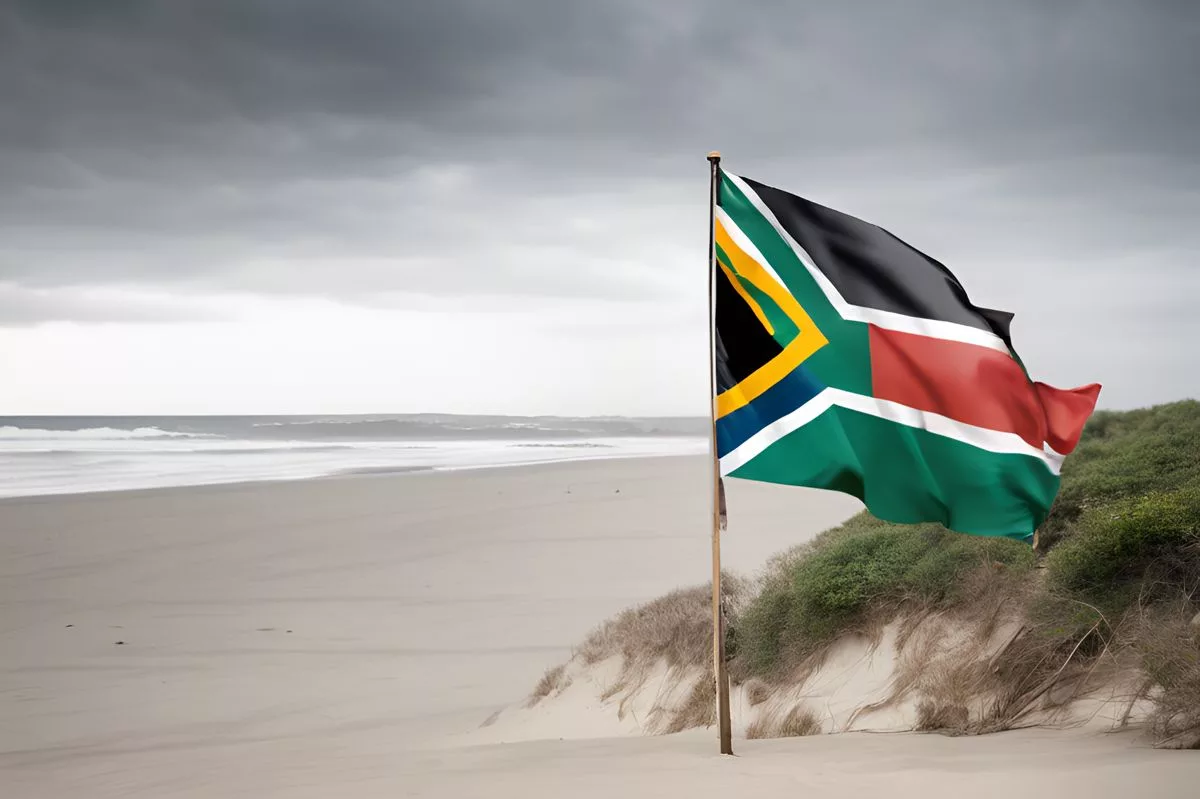The Minister of Energy and Electricity, Kgosientsho Ramokgopa, is working with the South African Local Government Association and local governments to combat rising electricity prices. The Minister emphasized the need for a strategy to restrain skyrocketing prices and collaborate closely with Eskom, local governments, and SALGA. Eskom has also made significant progress in the country’s electricity management, with 121 consecutive days of continuous power supply since March 26th, a milestone of 35,000MW of available capacity, and 87 days of steady supply throughout the winter season.
Minister of Energy and Electricity, Kgosientsho Ramokgopa, is committed to developing sustainable strategies with the South African Local Government Association (SALGA) and local governments to tackle rising electricity prices. The minister emphasized the need for a potent strategy to restrain skyrocketing electricity prices and collaborate closely with Eskom, local governments, and SALGA. Eskom’s significant progress also signifies substantial progress in the country’s electricity management.
Minister’s Strategy
Amid climbing electricity costs, Kgosientsho Ramokgopa, the Minister of Energy and Electricity, has sworn a solid dedication to devising enduring strategies together with the South African Local Government Association (SALGA) and local government bodies. In a press conference held on Monday, the Minister emphasized the dire requirement for a potent strategy to restrain the skyrocketing electricity prices.
Ramokgopa asserted, “We’re witnessing a steep hike in electricity costs. It’s time for our electricity pricing strategy to come into effect, which is our primary concern right now, cooperating closely with Eskom, local governments, and SALGA.” This collective method is considered critical to combat the negative response from the public towards various local government initiatives aimed to control the escalating costs.
Controversy and Collaborative Efforts
In the mission to discover lasting solutions, a considerable amount of dispute encompasses the introduction of a network fee or ‘surcharge’. Ramokgopa revealed, “We prefer not to engage in a public discussion regarding the necessity of the R200 surcharge. Our objective is to discover a more sustainable solution to this predicament.”
Ramokgopa highlighted continual dialogues that commenced during the sixth administration with SALGA. These dialogues stem from a mutual recognition of the crucial need for cooperative endeavours in the face of rising discontent and economic strain within the communities. According to Ramokgopa, “The current situation is unmanageable. Communities are growing increasingly vexed, and people simply cannot bear the cost of electricity.”
Despite local authorities having the primary accountability over electricity pricing, the Minister accentuated his ministry’s involvement. He stated, “Local governments justifiably assert this is their area of control, but we concur with SALGA that we must collectively address this issue.”
Role of National Energy Regulator and Minister’s Vision
The National Energy Regulator of South Africa (Nersa) plays a critical part in the solution. As an autonomous authority, it holds the responsibility to safeguard consumers and scrutinize proposed tariff hikes from Eskom and municipalities. “Our strategy will be to collaborate, not coerce Nersa,” Ramokgopa clarified. “We demand a Nersa framework that shields the impoverished and marginalized, ensuring they have electricity access. Concurrently, we must ensure the pricing structure remains affordable for everyone, including the affluent and industries, to preserve competitiveness.”
Eskom’s Significant Progress
In a separate announcement, Eskom, the country’s leading electricity provider, disclosed a significant accomplishment: a continuous power supply for four months (or 121 consecutive days) since March 26th. This included 87 days of steady supply throughout the winter season, a challenging period for any power supply company.
On July 23rd, Eskom reached a milestone of 35,000MW of available capacity, satisfying an evening peak demand of 30,740MW, a level of capacity unseen since 2018. This extraordinary achievement was facilitated by Eskom’s Generation Operational Recovery Plan. Eskom proclaimed, “Our operational efficiency continues to outperform our winter projections.”
To reflect, South Africa last witnessed a prolonged suspension of load shedding over four years ago, between 16 March 2020 and 9 July 2020, when load shedding was put on hold for 116 days. The current uninterrupted power supply stretch signifies substantial progress in the country’s electricity management.
To wrap up, the strategies and initiatives put forth by the Minister of Energy and Electricity, the cooperative role of SALGA and local governments, and the considerable progress made by Eskom, are praiseworthy strides towards addressing the escalating electricity costs. The path towards an all-encompassing electricity pricing plan is a collective effort, and the milestones achieved thus far suggest an optimistic future.
1. What is the Minister of Energy and Electricity doing to combat rising electricity prices?
The Minister of Energy and Electricity, Kgosientsho Ramokgopa, is working with the South African Local Government Association and local governments to develop sustainable strategies to tackle rising electricity prices.
2. What is the Minister’s primary concern?
The Minister’s primary concern is to develop a potent strategy to restrain the skyrocketing electricity prices, cooperating closely with Eskom, local governments, and SALGA.
3. What is the controversy surrounding the introduction of a network fee or ‘surcharge’?
A considerable amount of dispute surrounds the introduction of a network fee or ‘surcharge’. However, the Minister emphasized that his objective is to discover a more sustainable solution to this predicament.
4. What is the role of the National Energy Regulator in the solution?
The National Energy Regulator of South Africa (Nersa) plays a critical part in the solution. As an autonomous authority, it holds the responsibility to safeguard consumers and scrutinize proposed tariff hikes from Eskom and municipalities.
5. What is the milestone achieved by Eskom regarding electricity management?
Eskom has achieved four months of continuous power supply since March 26th, including 87 days of steady supply throughout the winter season, a challenging period for any power supply company. On July 23rd, Eskom reached a milestone of 35,000MW of available capacity, satisfying an evening peak demand of 30,740MW, a level of capacity unseen since 2018.
6. What is the significance of Eskom’s progress in electricity management?
Eskom’s significant progress signifies substantial progress in the country’s electricity management and suggests an optimistic future towards an all-encompassing electricity pricing plan, which is a collective effort.












